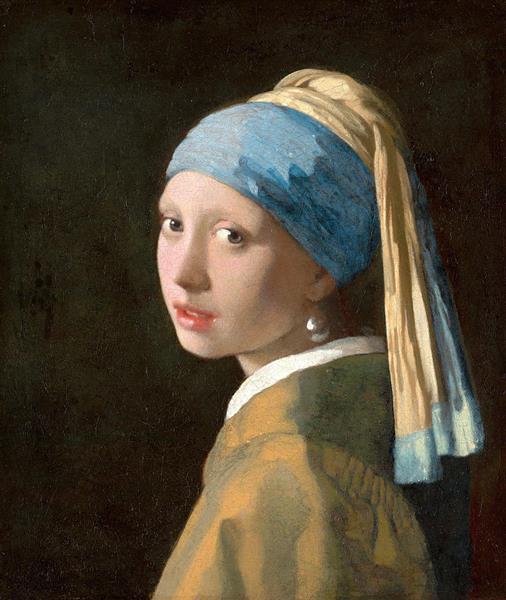As Wittgenstein says, “A picture held us captive”, we are attracted to images. Whether it’s stunning scenery, a timeless moment, or an intimate portrait, pictures may captivate us and draw us in. Particularly in this age of technology, we are bombarded by images. Every day, we look at, share, and laugh at images. Images, from emoticons to viral memes, can communicate many emotions and thoughts.
Images do not mean only concrete and physical images. Images also include the mental representations we create when we read, recall, or envision something. Even when we speak and think, we are still connected to the image in our minds.
Why are we so drawn to images? Here are a few reasons why pictures are so alluring:
1.Image is a universal language
Unlike text, image is a language that is readily understood (Bateman 2014). Regardless of our nationality, language, or cultural background, we can understand an image. We can depict the happiness of smiling people in portraits or the sorrow of war victims. The idea that images are universal is not new. Plato, in his dialogue, Cratylus (360 BC), distinguished ‘word’ as artificial and conventional signs, whereas ‘image’ is natural and more understandable, since the image is based on likeness.
2.Image existed before verbal language
Which do you believe to be earlier, verbal or visual language? The linguistic turn, that emerged in the 1960s, believed textual and verbal languages had a significant role in knowledge formation. However, later in the 1990s, the pictorial turn emphasized that our knowledge is constituted by images. According to Kristóf Nyíri (2019), before the visual language, which is the language of gestures and facial emotions, not even verbal language could have developed. Before learning to talk, a child learns by seeing and copying the facial expressions and gestures of his or her parents.
3.The powerful influence of images on memory
Have you ever learned something by making a diagram or graph? Do you think that these images can help you memorize? If so, it is consistent with a study from a team of researchers at the University of Waterloo’s Department of Psychology, which found that “images can boost memory.” According to the research, drawing helps to strengthen memory through the integration of elaborative, pictorial, and motor codes that allow the creation of a context-rich representation. (Myra A. Fernandes et al., 2018). When drawing from text or verbal information, one must elaborate on the word’s meaning and semantic components, perform the actual hand movements required for drawing (motor action), and visually examine the resulting image (pictorial processing). These mechanisms help us gain a cohesive memory. (Myra A. Fernandes et al., 2018).
4.Compositions, color, and complexity
What makes an image interesting? It might be a landscape or portrait picture, a photo of people or a cityscape, a complex or simple image, and it could be colorful or not. Many factors make images interesting. Research says that landscape images are more interesting than indoor settings. Yet, contrary to common belief, image complexity, color, and long viewing times do not mean that the images are interesting (Maham Gardezi et.al., 2021). Image is such a mystery that it has to be investigated further in the future.

